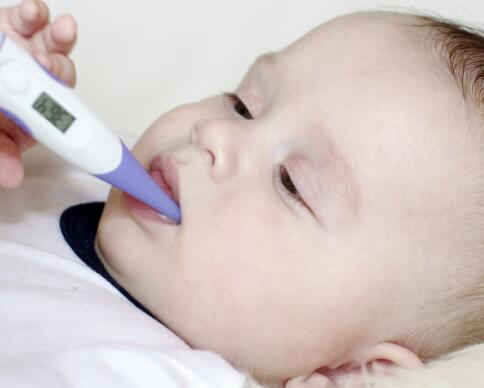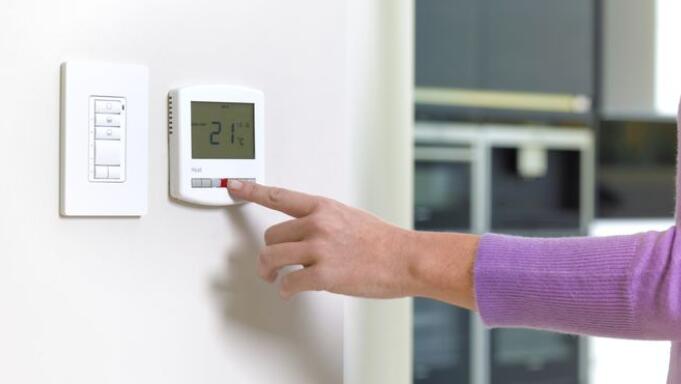Reading your baby’s cues is obviously the hardest thing about being a new parent, and we can all agree on that. Since babies cannot fend for themselves, it is overly essential that parents should always watch out for signs of tiredness, hunger, sickness, cold/temperature, among other very common issues in babies. However, some things, such as learning signs of cold can be difficult to interpret despite the fact that they appear obvious.

infant CPR says that unlike adults, babies do not harbor the ability to regulate their own temperatures. Their small bodies can lose radiated heat through unprotected surfaces such as the head, hands, and feet. It is also essential to note that whether it is during warm or cold months, the best thing you can do to protect your baby against getting too cold has to be keeping a keen eye on their temperatures both indoors and outdoors.
In fact, it sounds overwhelming learning all the cues but sooner or later, they will become second nature. It is then that you will start realizing that regulating your kid’s temperature is just simple.
That said, let us take a look at some of the most common signs to look for in order to tell if your baby is too cold. Read on.
Table of Contents
Signs of Baby Getting Too Cold
Cold hands and feet
It is common knowledge that heat escapes through exposed parts such as the hands and feet. Doctors say that hands and feet, plus any other part that is often exposed should be just warmer like the rest of the body. If this is not the case with your baby, I mean these parts feel cold, get an extra layer and throw on just to play safe.
Torso feels cold or colder
infant CPR, a child clinic, advises that you take action if you realize that baby’s chest and tummy feels cold while underneath clothes. That is yet another sign that your baby is getting too cold.
Does the baby fuss? Check out for that
If your little kid is fussy for no apparent reason, then it the highest time you threw a warmer outfit on him/her. This happens especially in the beginning stages of getting cold and may see the baby fuss when nothing else is wrong. Don’t start panicking as this is just a clear sign to let you know that they are chilly.
To handle and prevent this almost immediately, just find the baby some warmer clothes and socks and comfort will follow after that.
Baby is still and lethargic
When your baby is still and quiet, that is a very dangerous sign that they are cold/ hypothermia. MedicineNet advice that you should not ignore such signs simply because the baby’s body cannot heat itself at this level. Get enough layers and hold the baby next to you to keep warmth flowing.
Baby’s room temperature is too low
Baby Sleep Site says that the optimal room temperature for babies is between 65-70 degrees Celcius. So, how do you regulate this temperature in the events of too much heat or cold? Well, appropriate blankets, pajamas, and swaddles will handle that question effectively.



